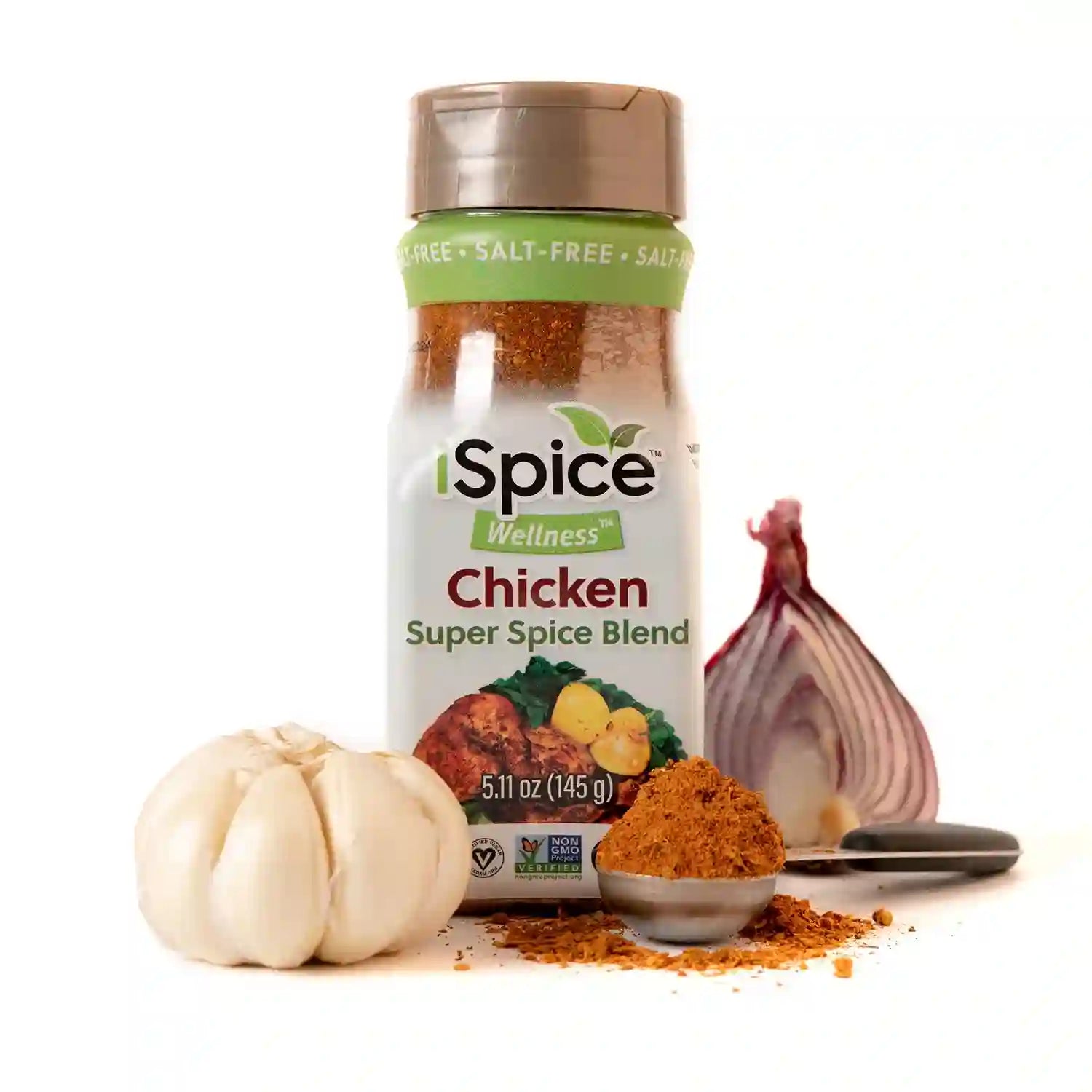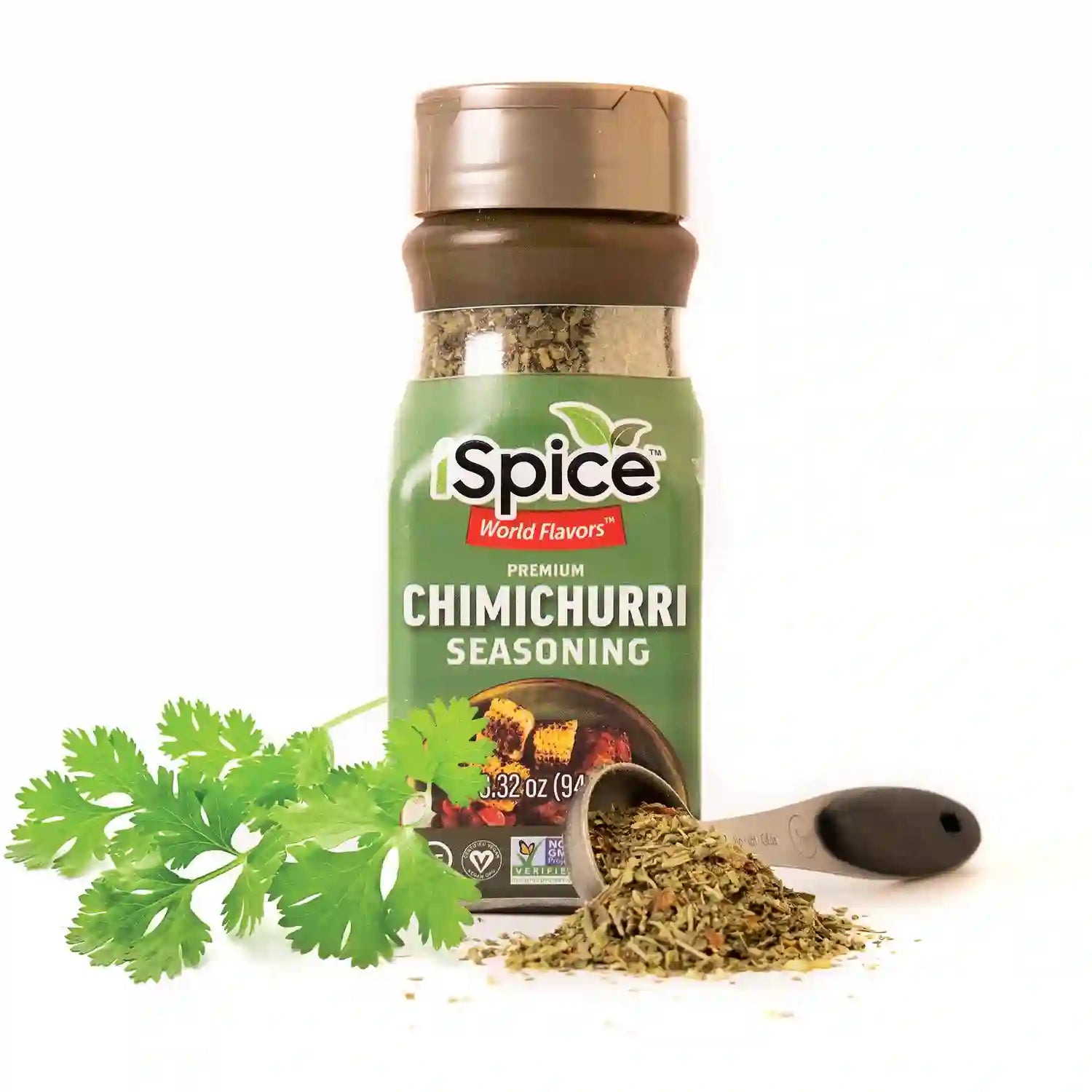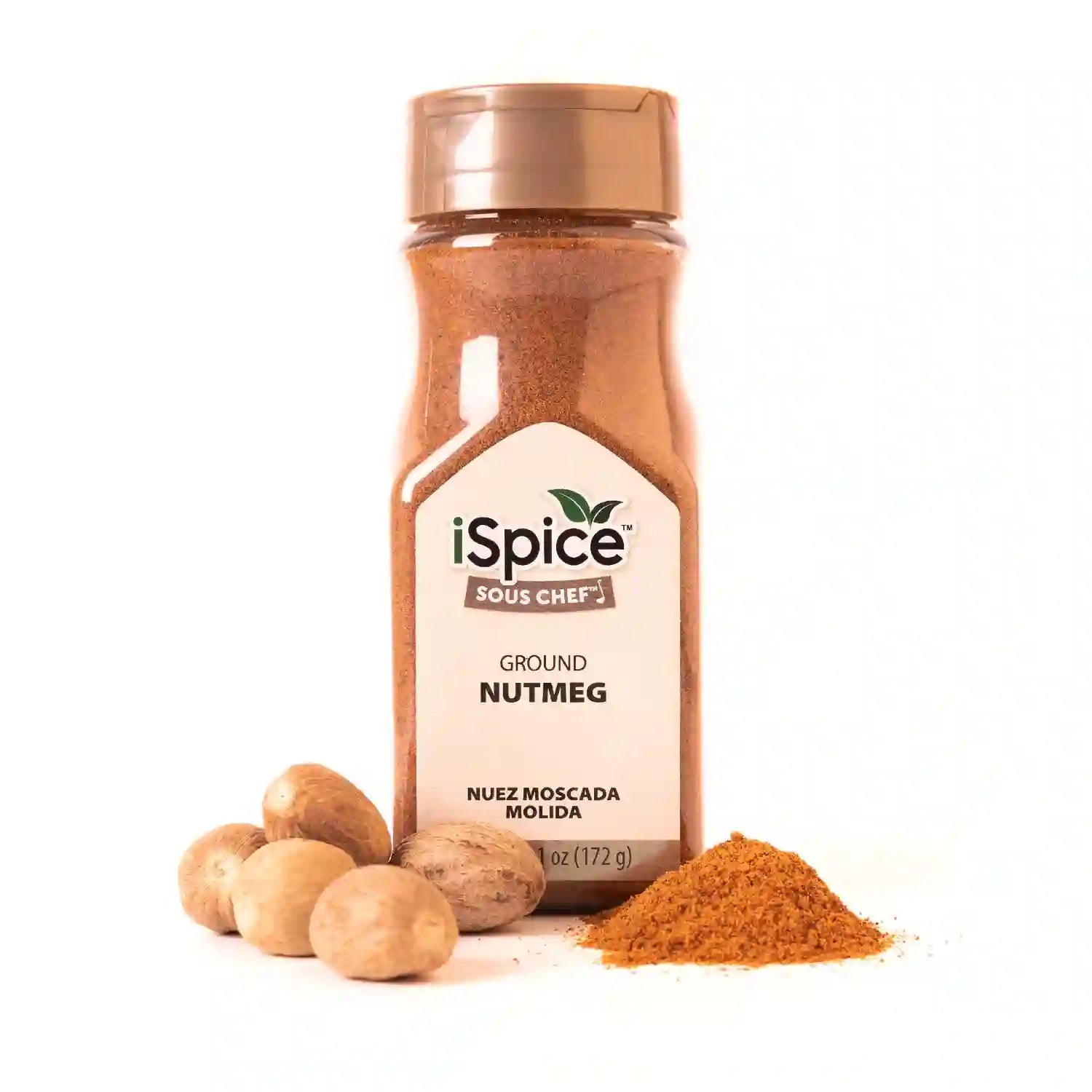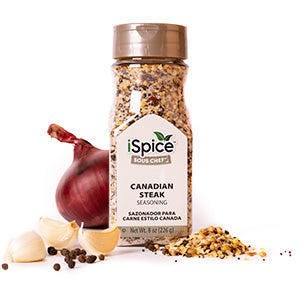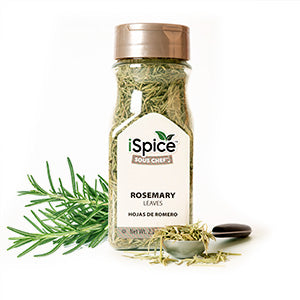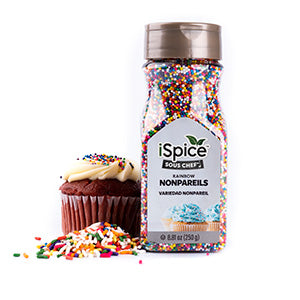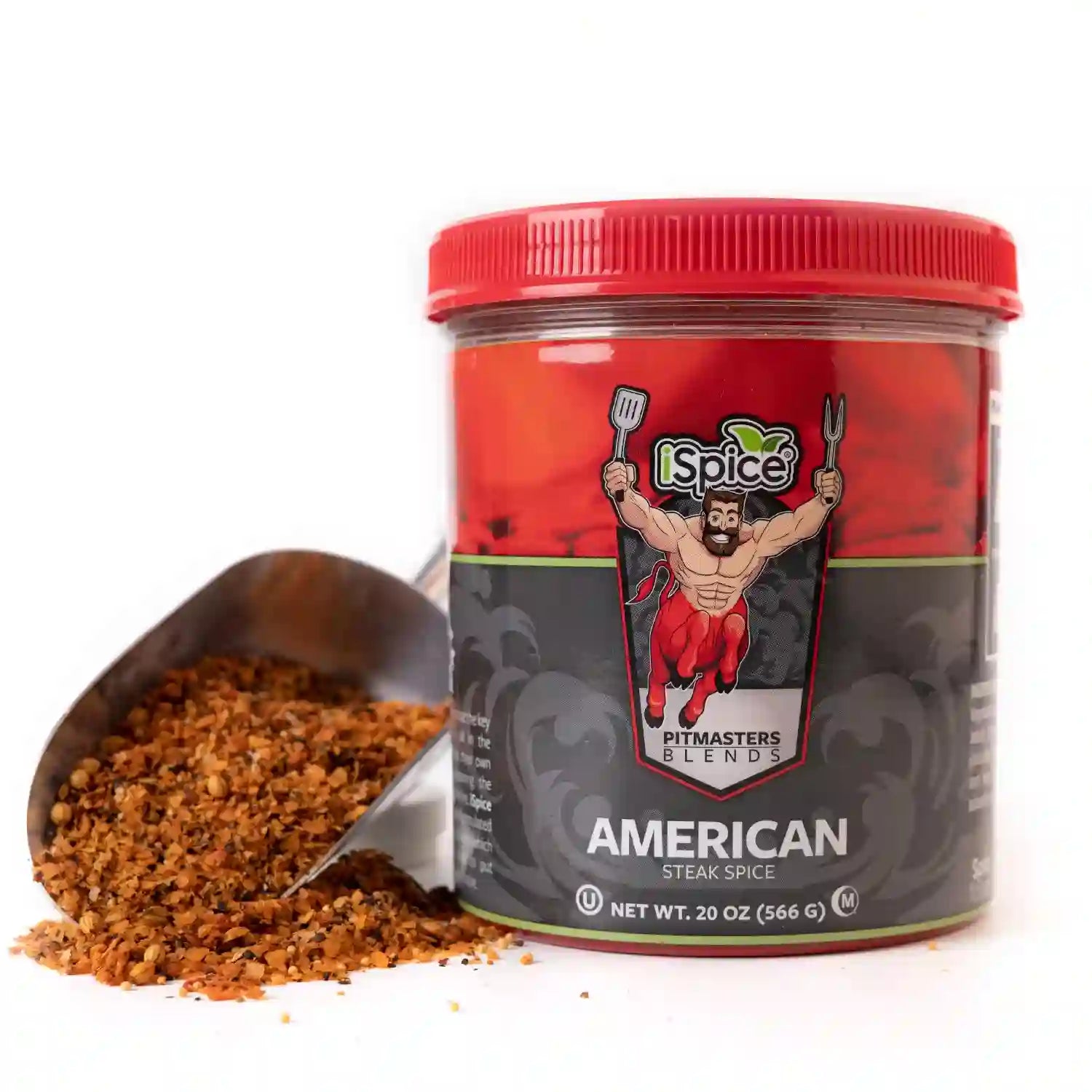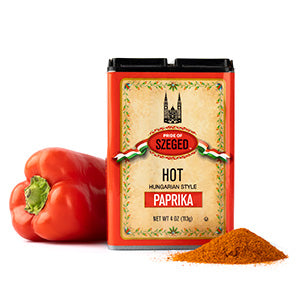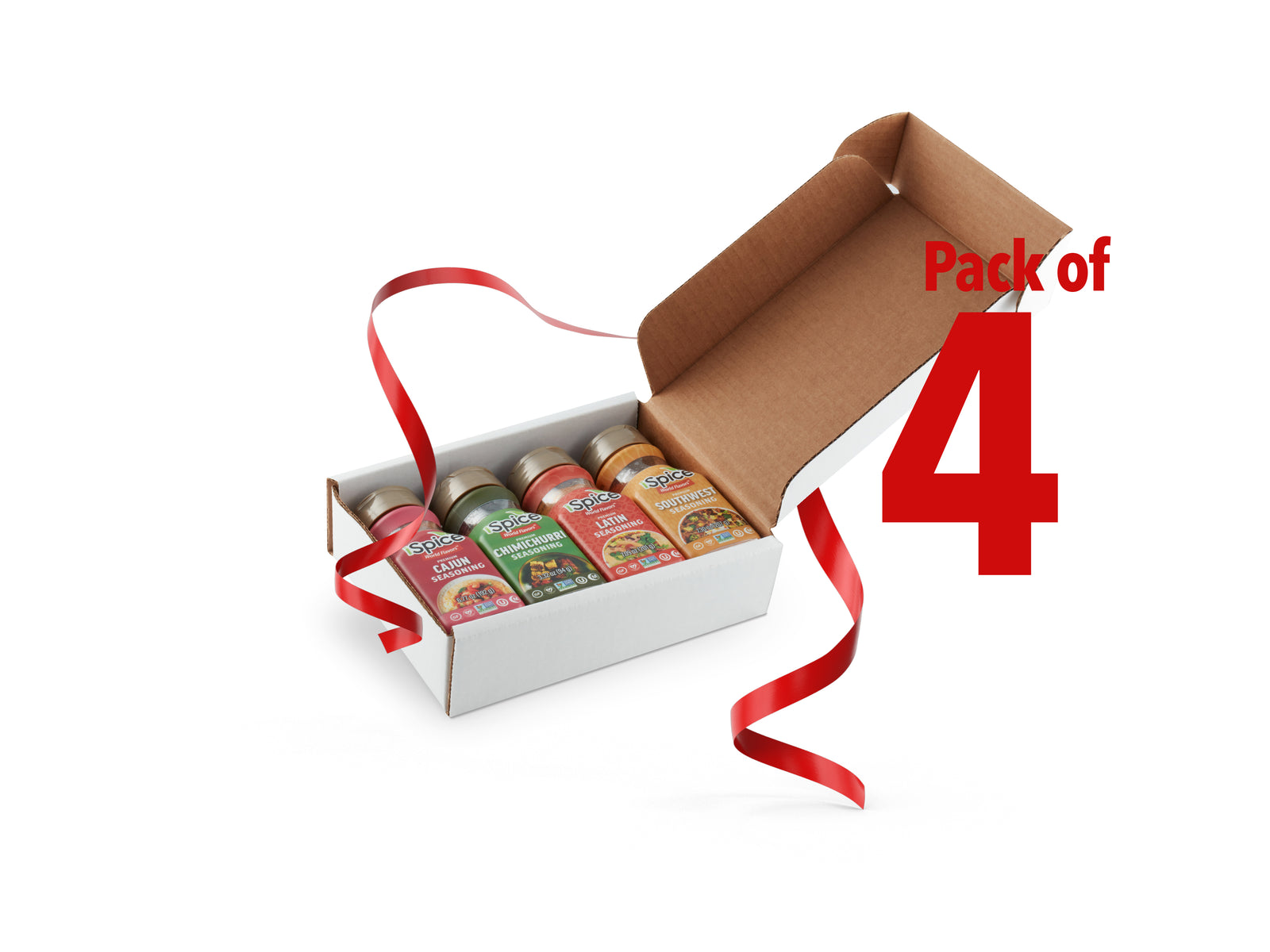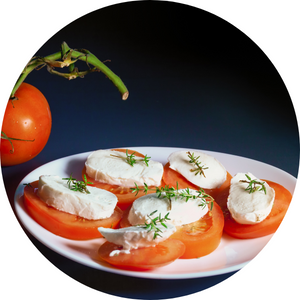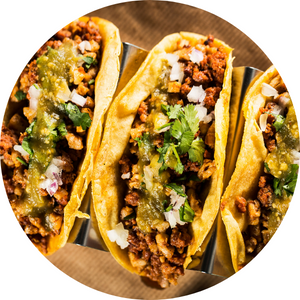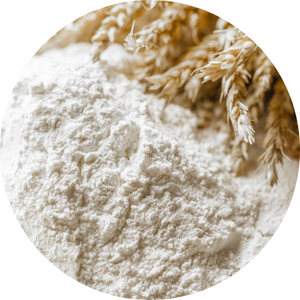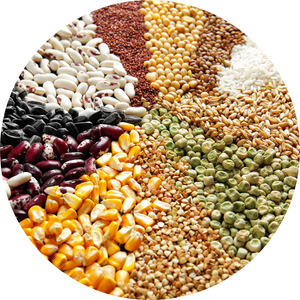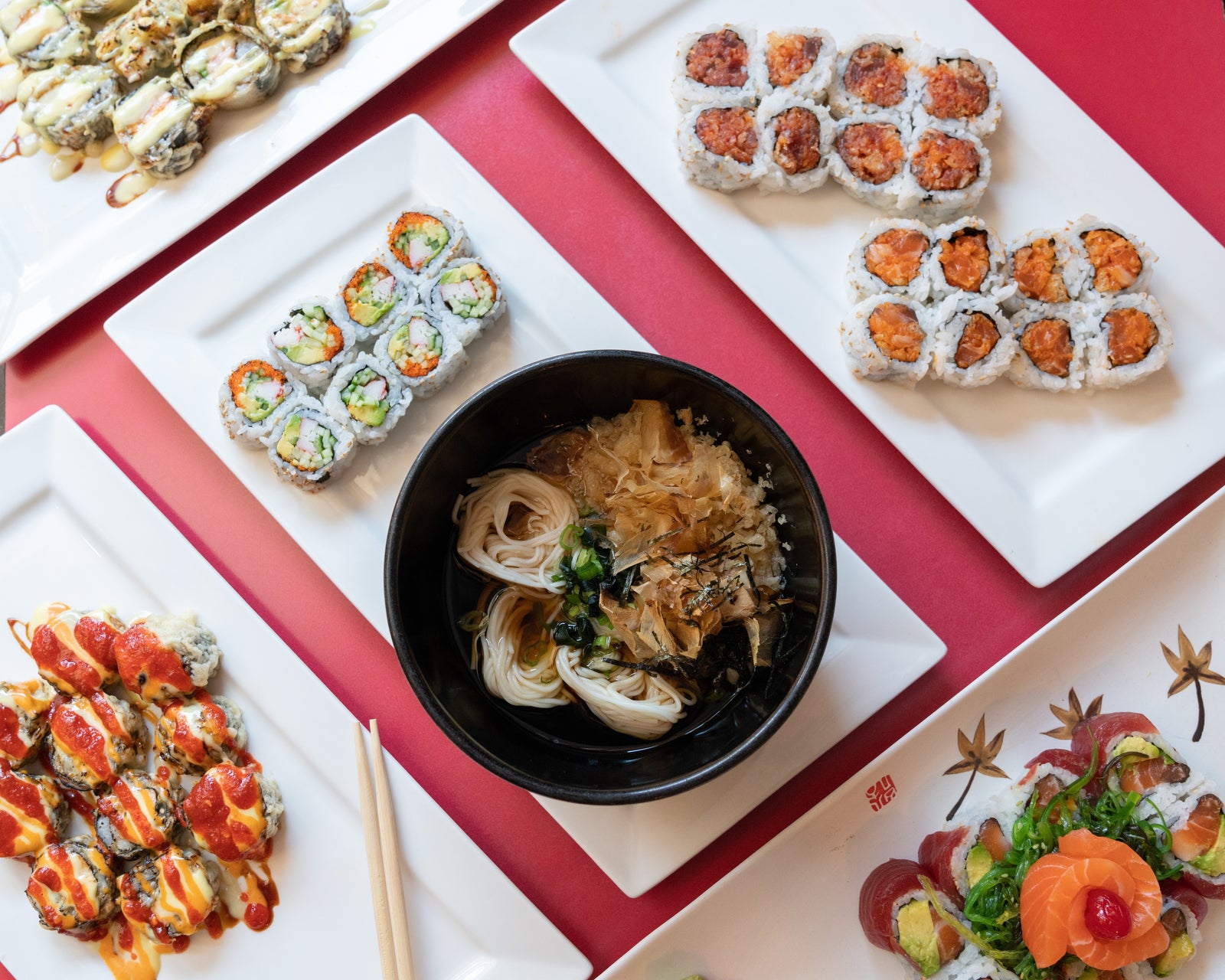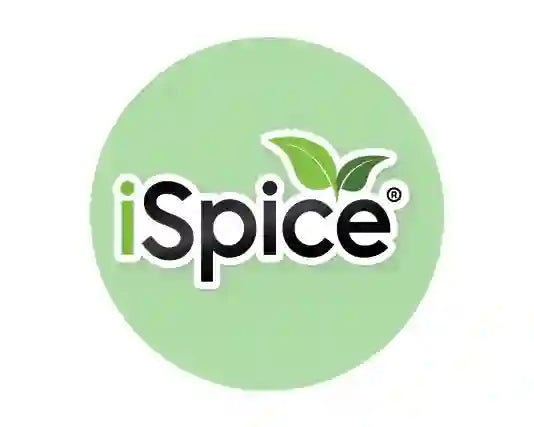
Introduction
Sambal, the fiery condiment from Indonesia, is a culinary delight that adds a burst of flavor and heat to various dishes. From humble street food stalls to upscale restaurants, Sambal holds a special place in the hearts of Indonesian food enthusiasts. In this article, we will explore the captivating world of Sambal, understanding its history, types, preparation methods, and how it has become an indispensable part of Indonesian cuisine. So buckle up and prepare to embark on a spicy journey through the enigmatic world of Sambal.
The Origin of Sambal: A Historical Perspective
To fully understand Sambal, we need to delve into its fascinating history. Sambal's roots can be traced back to ancient times when it was first introduced in the Indonesian archipelago. It is believed that the concept of combining chili peppers with other ingredients originated in Southeast Asia, and Sambal evolved as a result of cultural exchanges and regional influences.
The Many Varieties of Sambal
Sambal is not a one-size-fits-all condiment; instead, it comes in a myriad of variations, each with its unique flavors and heat levels. Let's explore some of the most popular types of Sambal:
1. Traditional Sambal Oelek
Sambal Oelek is the quintessential Sambal, made from ground red chili peppers, salt, and vinegar. Its simplicity allows the true flavor of chili to shine, making it an ideal accompaniment to a wide range of dishes.
2. Sambal Terasi
Known for its pungent aroma, Sambal Terasi incorporates shrimp paste (terasi) into the mix, giving it an umami-rich profile that pairs exceptionally well with seafood and grilled dishes.
3. Sambal Matah
Originating from Bali, Sambal Matah features shallots, lemongrass, and lime leaves, providing a refreshing and aromatic experience that complements fish and poultry dishes.
4. Sambal Kecap
Sambal Kecap combines Sambal Oelek with sweet soy sauce (kecap manis), creating a delightful balance of heat and sweetness. It is often used as a dipping sauce for satay and other grilled meats.
5. Sambal Badjak
Sambal Badjak showcases a blend of chilies, garlic, shallots, and palm sugar, resulting in a sweet and savory condiment that elevates stir-fried dishes.
The Art of Making Sambal: Preparation Methods
Making Sambal is an art form that requires the right ingredients and techniques. While the basic ingredients of chili peppers, salt, and acid remain consistent, various regions and households add their twist to the recipe. Here are the general steps to make Sambal:
- Selecting the Right Chilies
The choice of chili peppers plays a crucial role in determining the heat and flavor of the Sambal. From fiery bird's eye chilies to milder red chilies, each type offers a distinct taste.
- Blending the Ingredients
After removing the chili stems, blend the chili peppers with salt and vinegar or lime juice. The blending process can be done using a mortar and pestle or a food processor, depending on the desired texture.
- Adjusting the Flavor
To create a well-rounded Sambal, additional ingredients like garlic, shallots, shrimp paste, or sugar can be added. These ingredients balance the heat and provide depth to the condiment.
- Cooking or Raw
Some Sambal varieties are cooked briefly to meld the flavors, while others are served raw to preserve the freshness of the ingredients.
Embracing Sambal: Its Culinary Uses
Sambal's versatility is one of its most appealing traits. Indonesians use it as a condiment, an ingredient, and even as a base for various dishes. Here are some popular ways Sambal is incorporated into Indonesian cuisine:
1. Condiment with Nasi Goreng
Nasi Goreng, the Indonesian fried rice, is incomplete without a generous dollop of Sambal on the side. The heat and tanginess of the Sambal perfectly complement the savory flavors of the fried rice.
2. Accompaniment to Satay
Satay, the well-loved skewered meat, is often paired with Sambal Kecap, creating a delightful interplay of sweet, spicy, and smoky tastes.
3. Sauce for Seafood
Grilled fish or prawns are taken to another level when served with Sambal Matah, infusing the seafood with zesty citrusy notes.
4. Enhancer for Noodles
Indonesian noodle dishes like Mie Goreng or Bakmi are transformed with the addition of Sambal, imparting an addictive fiery kick.
5. Dipping Sauce for Fritters
Fritters or Gorengan are given an extra burst of flavor when dipped into a tangy Sambal Oelek.
FAQs about Making Sense of Sambal
Q: What makes Sambal so popular in Indonesia? A: Sambal's popularity in Indonesia can be attributed to its ability to elevate any dish with its bold flavors and intense heat.
Q: Is Sambal extremely spicy? A: The spiciness of Sambal varies depending on the type of chili peppers used and the addition of other ingredients. Some varieties can be quite fiery, while others are milder.
Q: Can I make my Sambal less spicy? A: Absolutely! To reduce the spiciness, you can remove the seeds and membranes from the chili peppers before blending them.
Q: How long can Sambal be stored? A: Sambal can be stored in an airtight container in the refrigerator for up to two weeks. Freezing can extend its shelf life for several months.
Q: Is Sambal gluten-free? A: Yes, most Sambal recipes are gluten-free, but it's essential to check the ingredients to be certain.
Q: Can vegetarians enjoy Sambal? A: Yes, there are many vegetarian Sambal variations that exclude animal-based ingredients.
Conclusion
Making sense of Sambal goes beyond just understanding its ingredients and preparation methods; it is about embracing the cultural significance and culinary wonders it brings to the table. With its fiery kick and diverse flavors, Sambal has become an integral part of Indonesian cuisine, captivating the palates of food enthusiasts worldwide. Whether you prefer the traditional Sambal Oelek or the aromatic Sambal Matah, this iconic condiment is sure to add an unforgettable dimension to your culinary adventures. So go ahead, indulge in the spice, and unlock the true essence of Indonesian cuisine with Sambal!
Alert: While spices can have many beneficial properties for health, using them for medical purposes should be done under the guidance and supervision of a healthcare professional or specialist. Some spices may interact with medications or cause adverse reactions in certain individuals, and it is important to use them safely and appropriately. If you are considering using spices for a medical condition, it is important to consult with a healthcare professional before doing so.

